A way of producing a data.frame and being able to do this in one line is to coerce all matrices/data frames passed to cbind into a data.frame while setting the column names attribute using setNames:
a = matrix(rnorm(10), ncol = 2)
b = matrix(runif(10), ncol = 2)
cbind(setNames(data.frame(a), c('n1', 'n2')),
setNames(data.frame(b), c('u1', 'u2')))
which produces:
n1 n2 u1 u2
1 -0.2731750 0.5030773 0.01538194 0.3775269
2 0.5177542 0.6550924 0.04871646 0.4683186
3 -1.1419802 1.0896945 0.57212043 0.9317578
4 0.6965895 1.6973815 0.36124709 0.2882133
5 0.9062591 1.0625280 0.28034347 0.7517128
Unfortunately, there is no setColNames function analogous to setNames for data frames that returns the matrix after the column names, however, there is nothing to stop you from adapting the code of setNames to produce one:
setColNames <- function (object = nm, nm) {
colnames(object) <- nm
object
}
See this answer, the magrittr package contains functions for this.
